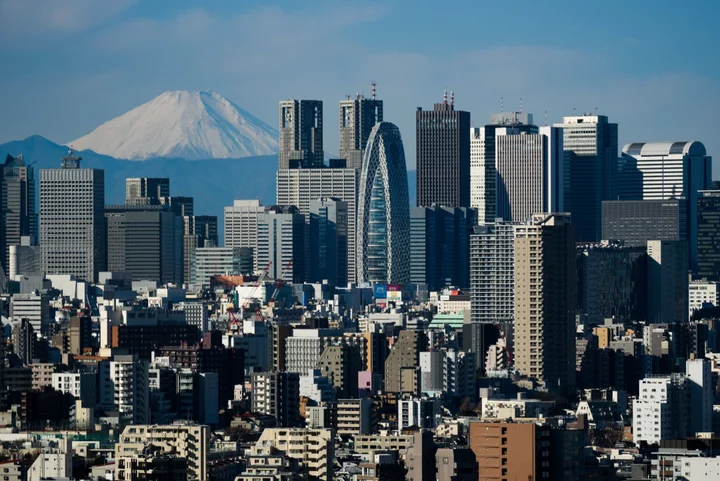With traders betting that the Bank of Japan will almost certainly end its negative interest rate policy by early next year, focus is shifting to where policymakers see the nation’s “neutral” rate.
This theoretical rate that neither stimulates nor restricts the economy is likely somewhere in a wide range of 0.5% to 2%, according to analysts, setting a huge challenge for investors.
Because the neutral rate will guide the BOJ as it normalizes monetary policy, it will also provide a key reference point for market pricing of Japanese bond yields, with implications for investment flows into everything from US Treasuries to bonds from Europe and Australia.
Japan’s overnight index swap curve indicates there’s a 20% chance that the BOJ will end negative interest rates by the end of the year, and that possibility rises to 100% by April, according to data compiled by Bloomberg.
Former BOJ research chief Toshitaka Sekine sees the neutral interest rate at 1.8%, reflecting the central bank’s two-year outlook for inflation excluding fresh food and energy prices. A further uptick in 10-year sovereign yields may push up the neutral rate to 2%, he said.
Eiji Maeda, another former director of the BOJ’s Research and Statistics Department, also said the neutral interest rate is around 2%, in an interview with the Nikkei this month. The central bank may end zero rates by as early as January next year and raise it by 0.25% every half year after that, he was quoted as saying. That means it may reach around 2% in January 2028 if that pace is continued.
Yoshimasa Maruyama, chief market economist at SMBC Nikko Securities Inc, sees the neutral interest rate somewhere in a range of 0.5% to 1.5%. He predicts that the BOJ will begin the normalization process with an eye to raising rates to the lower limit of around 0.5%, a level that may be reached in one year.

